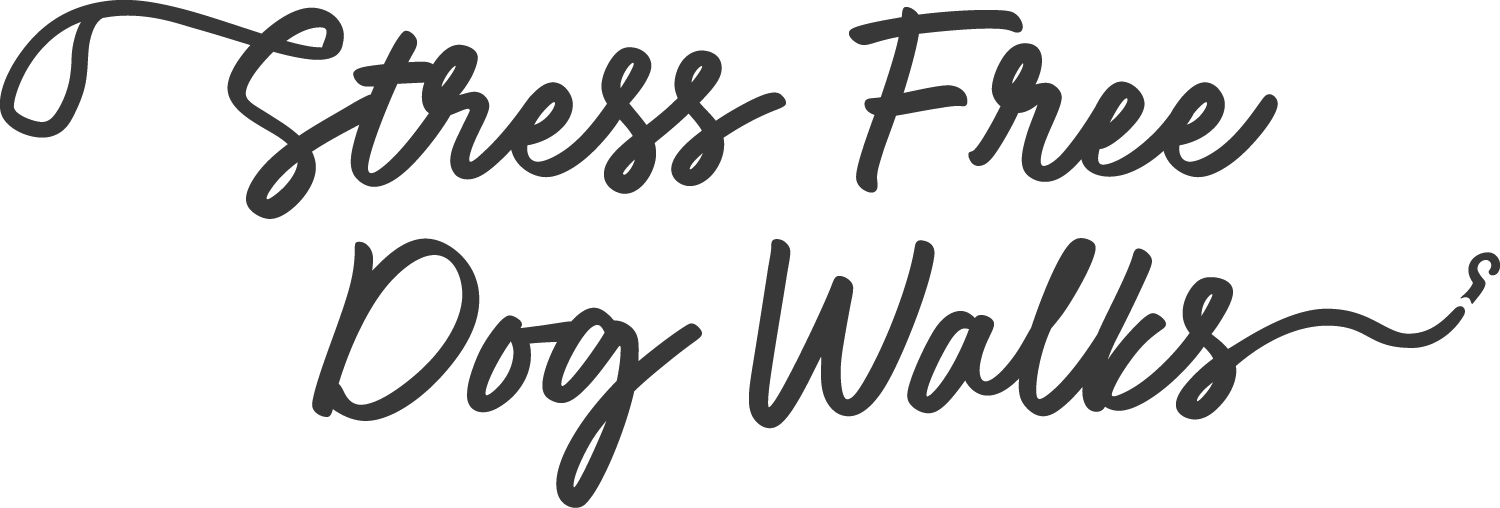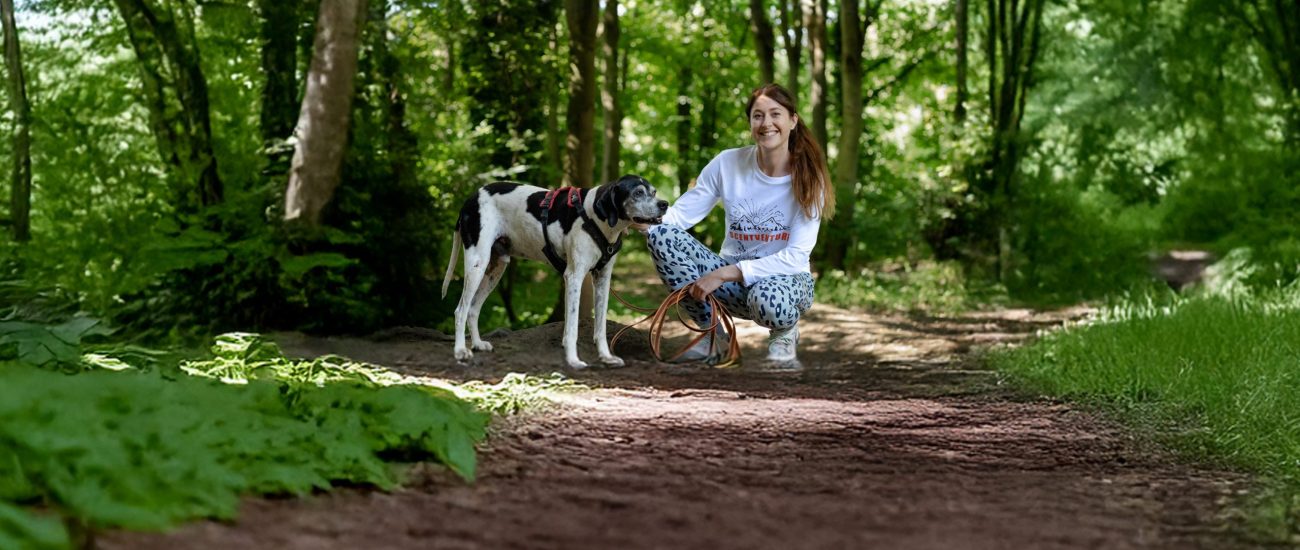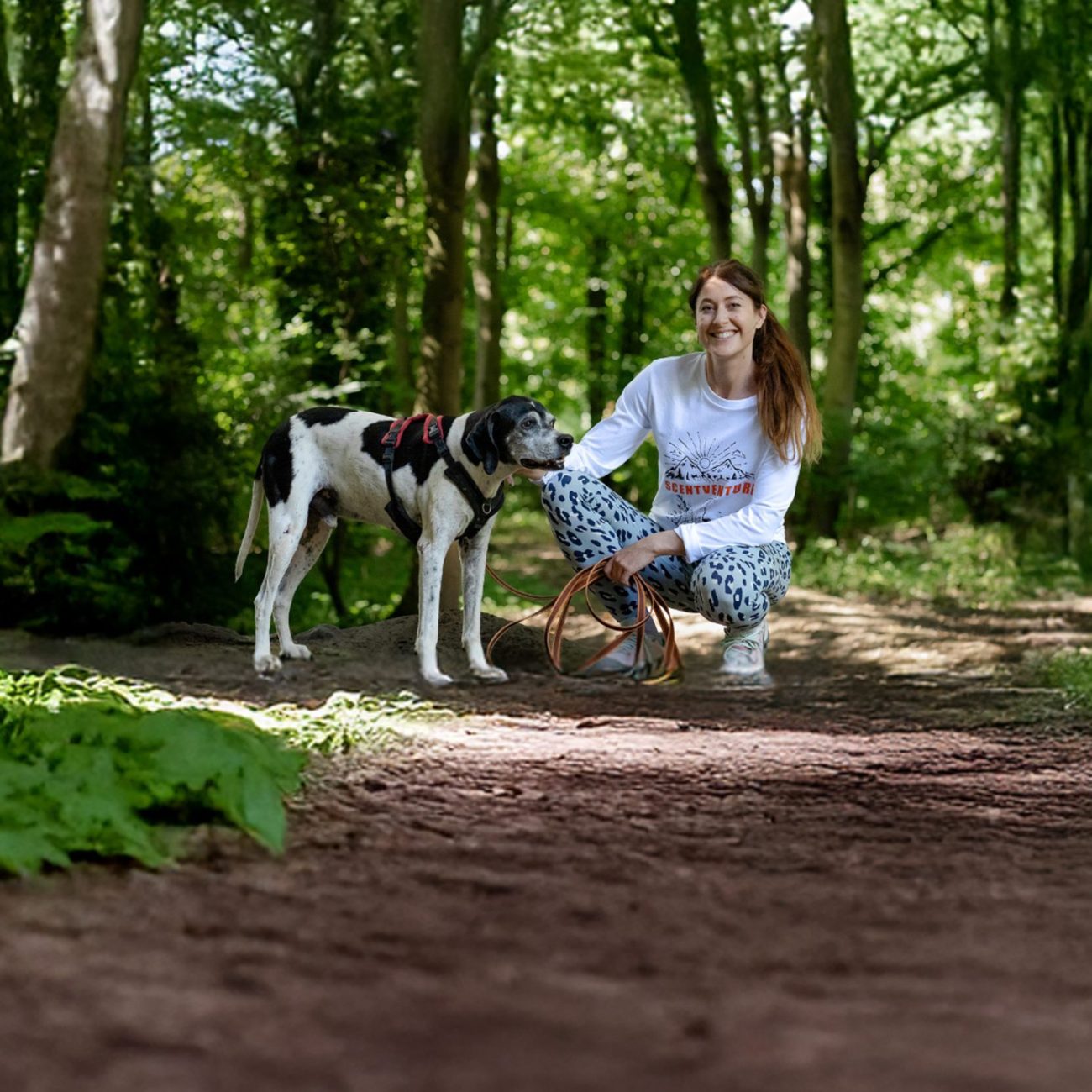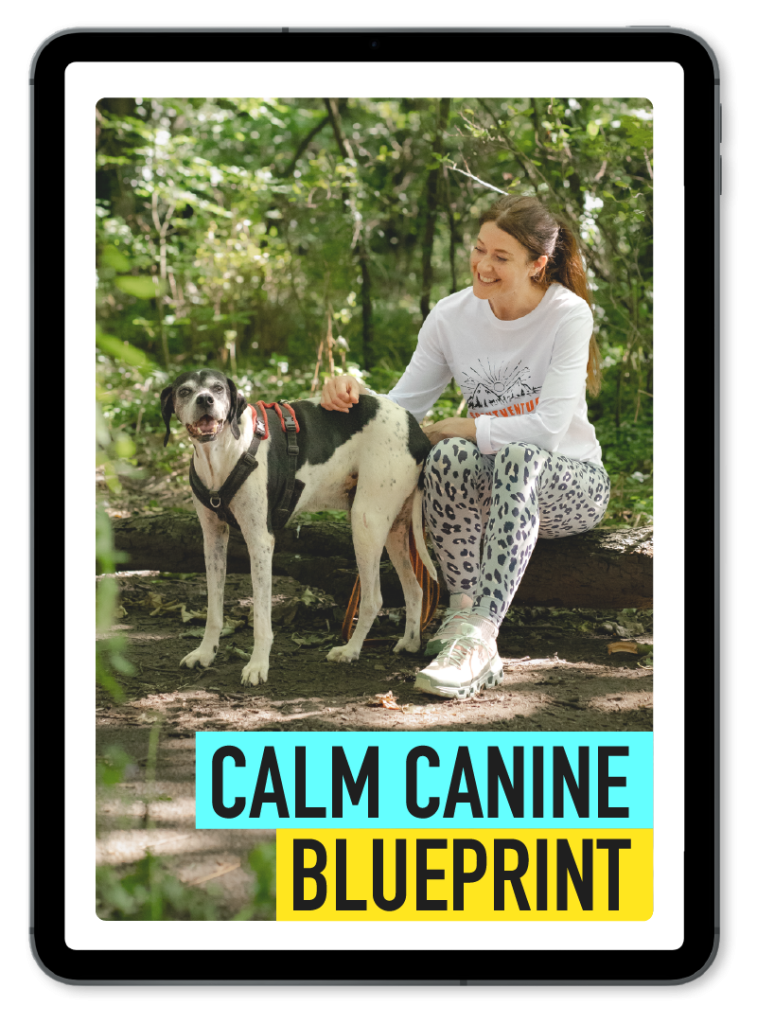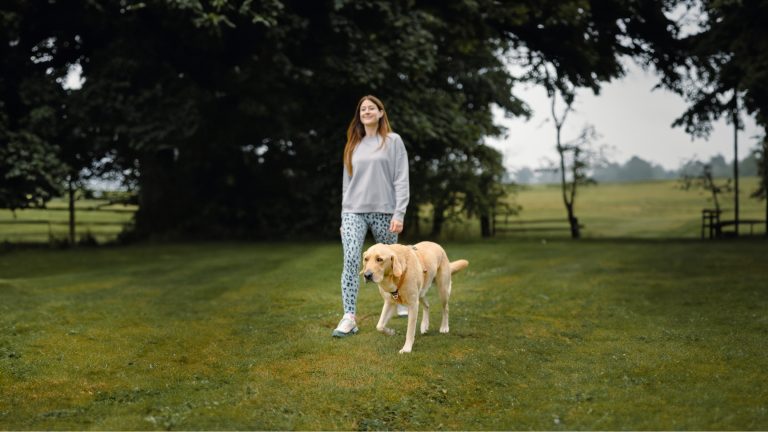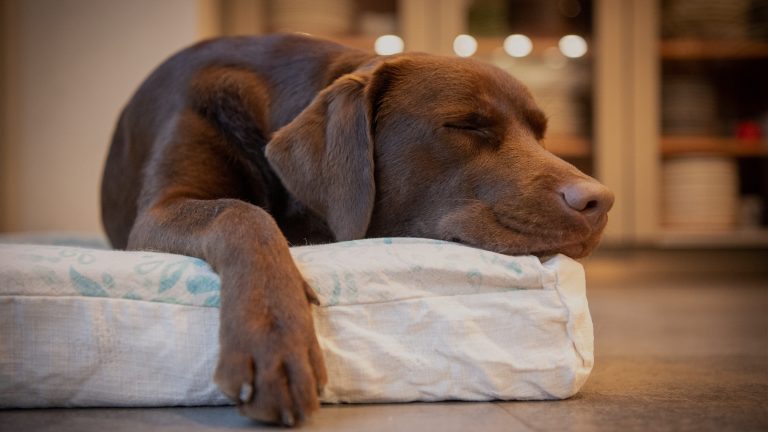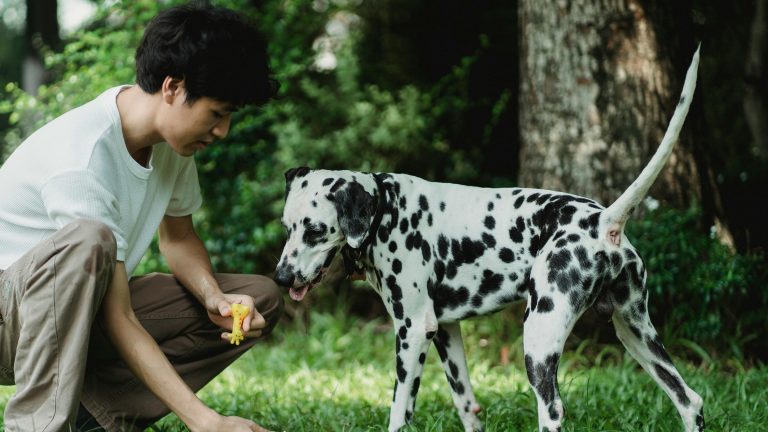Do you feel like your dog is taking you for a walk? The constant pulling, the zig-zagging, the lunging at every exciting scent—it's exhausting, isn't it? You're not alone. Lead pulling is one of the most common struggles for dog owners, but the good news? It doesn’t have to be this way.
Let’s get one thing straight—your dog isn’t pulling to annoy you. They’re not trying to be stubborn or ‘dominant.’ They’re simply doing what dogs do: exploring the world. Their noses are infinitely more powerful than ours, and every scent is like a breaking news story they must investigate.
Discover Your Dog’s Walking Style!
Do you know the REAL reason your dog pulls, barks, lunges or ignores you? It’s often not what you think! Discover why your dog struggles on walks—and more importantly, what you can do about it. The Dog Walking Diagnostic Quiz is completely free, takes just 5 mins, and could be your first step toward calmer, stress-free walks with a well-behaved dog you’re proud of.
Why Does Your Dog Pull?
Then there's the reinforcement cycle. If pulling gets them closer to that fascinating smell or exciting dog up ahead, guess what? They’ll keep doing it. Because it works.
The Mistakes We Make
Many owners instinctively pull back on the lead, creating a battle of strength. The trouble is, dogs have what’s called the opposition reflex—meaning when they feel pressure, they push against it. So, the harder you pull, the harder they pull. Frustrating, right?
Another common mistake? Relying solely on a no-pull harness or head collar. These tools can help, but they’re not a magic fix. Training is what makes the real difference.
The Solution: A Scentventure Approach
At Scentventure, we take a different approach—one that taps into what really matters to your dog. Here’s how you can start:
- Engage the Nose – Instead of fighting against your dog’s natural instincts, work with them. Scatter some treats in the grass, encourage sniffing, and watch how it naturally slows them down.
- Be Unpredictable – Walk in different directions, stop and start, change your pace. If your dog learns that staying close to you means fun and rewards, they’ll pay more attention.
- Reward the Check-Ins – Every time your dog chooses to look at you, mark it with a “yes!” and reward. This builds a habit of connection.
- Use a Long Line – A longer lead gives your dog more freedom to sniff and explore without feeling restricted. It removes the tension that often triggers pulling.
- Make You the Destination – If your dog is desperate to get to that tree, let them—but on your terms. Ask for a quick “wait” or “look” first, then release them as a reward.
The Power of Patience
Loose lead walking isn’t about quick fixes—it’s about relationship-building. It’s about making walks enjoyable for both of you. And the best part? Once your dog realises that sticking with you leads to the best adventures, they won’t feel the need to pull anymore.
So next time you step out the door, take a deep breath and remind yourself: it’s not just a walk. It’s an opportunity to connect, explore, and enjoy the journey—together.
Need more guidance? Join our Scentventure community for training tips, support, and stress-free walks!
